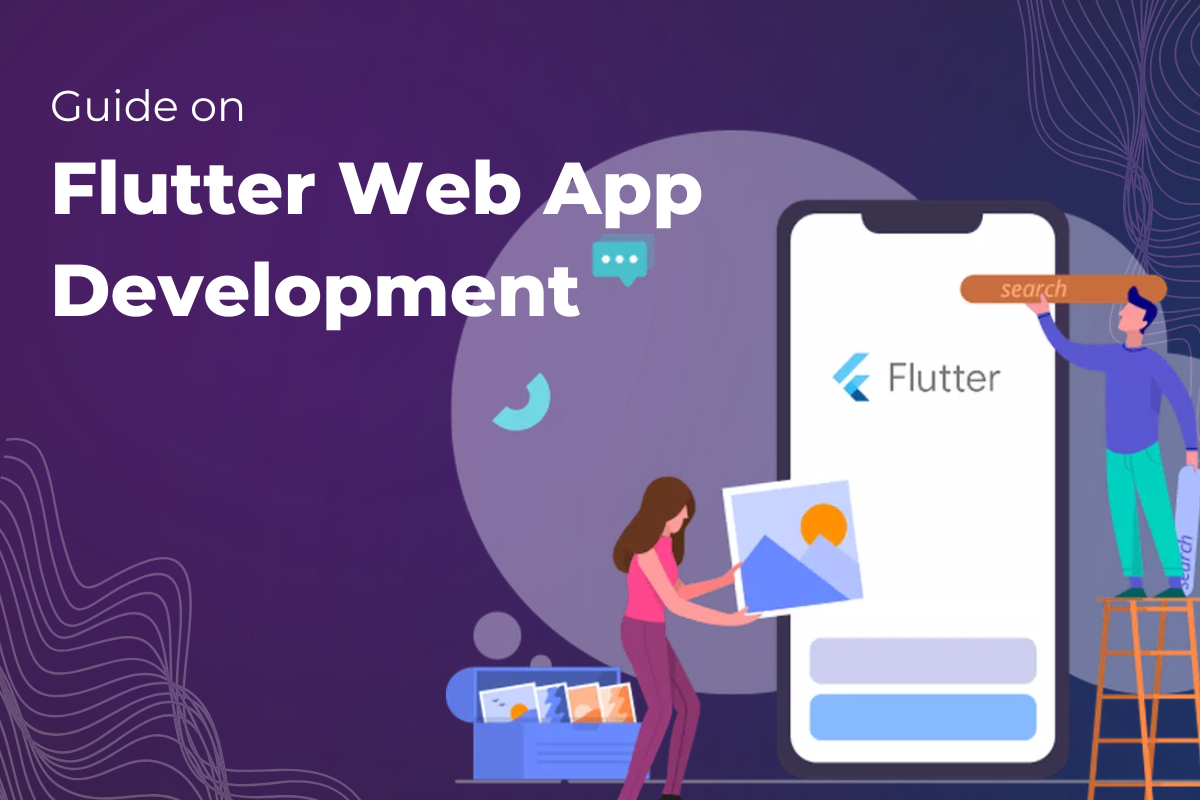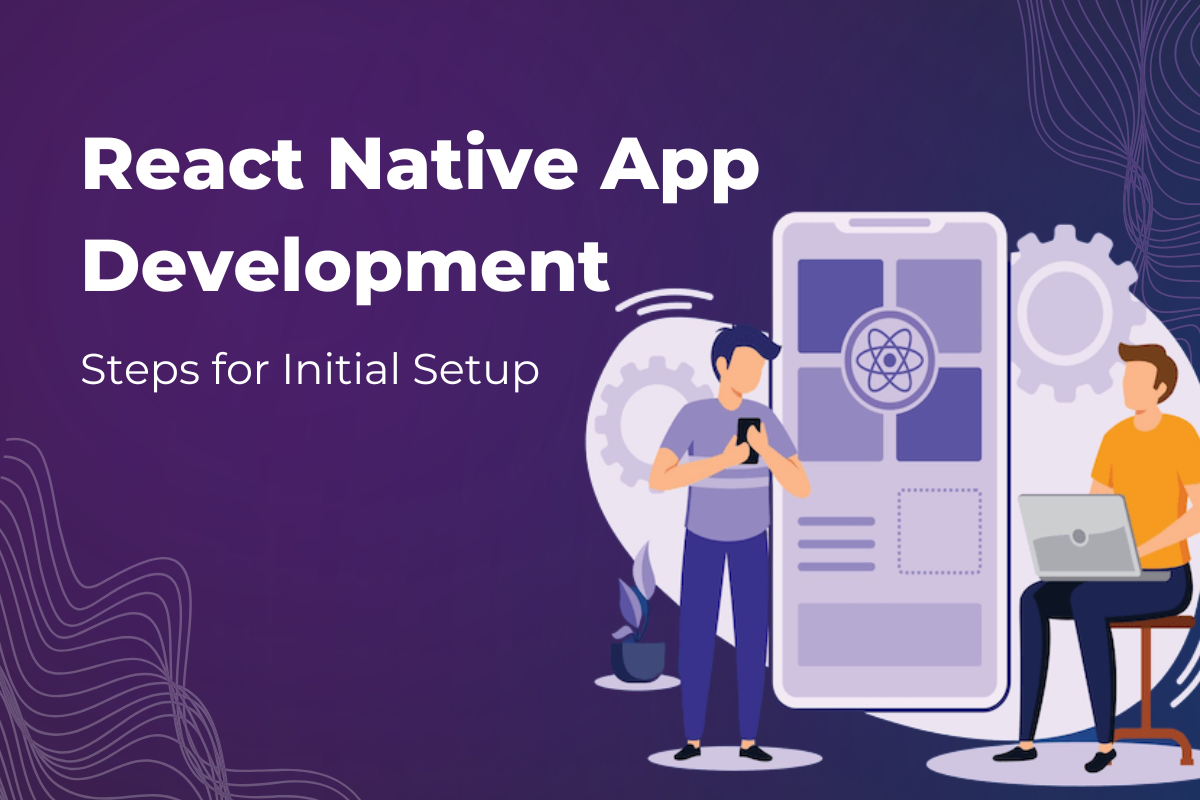New product development (NPD) is the process through which organizations bring a new or updated product or service to market. It's an opportunity to identify market needs, determine the feasibility, and deliver the software. In simple words, in new product development, the idea can be changed into a usable software product. The most effective new product launches are those that start with the customers' wants in mind. As per a survey by Statista, 29% of companies planned to focus on new product development in 2022.
What's the Need for New Product Development (NPD)?
When a software development company wants to launch a new product, a proper disciplinary approach is required to make it successful, and for that, the New Product Development Process comes in handy. This process is important for companies as there are so many functions that need to be coordinated. There are many people involved in the New Product Development (NPD) cycle. The focus is on innovation while delivering value.
Besides, product discovery shouldn't be a one-time process; instead, it should be an ongoing one. And for that, it's essential to gather customer insights by monitoring social media, conducting interviews, customer surveys, and conducting ethnographic research. And the new product development process is an amalgamation of all these crucial points.
Ten Stages Involved in New Product Development Process
There are nine crucial stages of the New Product Development Process that will be discussed in the blog in detail:
Idea Generation
Idea generation is the initial step in developing a new product. When there is an idea, only then can one work on it. While working on the idea generation part, one should emphasize customer problems. When you know the issue, it becomes easy to come up with solutions.
The following activities can help you in generates new ideas for New Product Development :
- Encouraging Consumer suggestions
- Conducting market research to determine the requirements and desires of customers
- Brainstorming new ideas
- Searching for fresh product ideas in various areas, including national and international markets.
- Obtaining feedback on competitors' services from agents or dealers.
- Examining the competition's new offerings.
Idea screening
The process of new product development starts with an idea. The majority of businesses have an "Idea Committee." This committee thoroughly considers all of the suggestions. They choose the good ideas and discard the bad ones.
The following questions are considered or asked before picking or rejecting an idea for New product development (NPD):
- Is it really required to launch a new product?
- Can the new product be sold using the existing marketing network?
- Is it possible to manufacture the new product using existing equipment and machinery?
- When will the new product be profitable?
If the answers to these questions are affirmative, the new product development (NPD )proposal is chosen; otherwise, it is rejected. To avoid product failure, this step is required.
Concept Testing
Concept testing is crucial in the new product development process. It is the time to put your ideas in front of real people. You'll learn which ideas are worth pursuing and which should be abandoned by putting them to the test with real people.
Don't be concerned if your favorite concept is eliminated; testing is done to determine which ideas will resonate with your target audience.
Product Prototype
This is where the actual work takes place. A handcrafted, 3D-printed physical replica or a digital mock-up may be sufficient for demonstration purposes. Other goods may necessitate a computer-aided design (CAD) or even a working prototype.
Refine the prototype till it's fully functional and ready to be tested in-house. To discover design defects or areas to improve the end experience, users try to mimic the expected production process as much as feasible.
Due to poor product quality there is 17% chances that [your] startup idea will be failed.-CBI Insights
External Refinement and Testing (Beta Test)
As you approach the launch phase, distribute the new product for beta testing to trusted customers and partners. Request feedback from beta testers to guarantee that any design improvements are made throughout the final manufacturing phase.
This model should function as closely as feasible to the final product. Manufacturing will build functional models based on the tested prototype.
While creating usable prototypes may appear to be prohibitively expensive, beta testing dramatically reduces costs. Problems can be recognized before mass production to enable your team to iterate rapidly and cost-efficiently, rather than generating hundreds or thousands of final items with serious defects.
Perfect the Design and Prepare for Production
For the production part, the design has to be perfect. Now is the time to enhance your product. The results of beta testing should aid in the refinement of a product and its efficient production. Prepare for production once everything is ready.
Though the end user and potential buyer should be kept in mind throughout the whole innovation process, marketing must become involved and collaborate with manufacturing to perfect functioning models that will appeal to the target buyer.
Marketing will determine the market and sales predictions to connect manufacturing with anticipated final forecasts if the teams agree that the product effectively meets future customer needs.
All areas of production, including manufacturing suppliers and partners, distribution techniques, supply chain, packaging, and staffing, must be smoothed out during this manufacturing planning phase.
Prepare for Potential Issues and Solutions
Consider all aspects of the product before releasing it to the market. Tighten up the details, foresee problems, devise solutions, and make any necessary revisions ahead of time. Pay special attention to the following points:
- How you'll set up and oversee the entire production process.
- What manufacturing partners (if any) have you chosen to assist you with production or post-launch success?
- How will you integrate the product into your supply chain after it's launched?
- How you'll package the goods, both practically and metaphorically, in terms of branding and marketing and sales.
- What distribution strategies will you employ?
Finally, have enough inventory of all sizes and configurations in stock and, if necessary, on distributor or dealer shelves.
In the new product development process, marketing should establish efforts to raise product awareness, generate leads, and increase demand at this point. Prior to the launch of a product, all product literature, sales collateral, distributor and customer service training, and lead-generating materials (trade shows, direct marketing, advertising, and so on) must be planned and generated. Include your sales team and channel partners in the development of these materials to ensure that they accept and utilize them. One of the main causes of a bad product launch is poor sales channel preparation.
A product launch is one of the most exciting and conversation-starting events for a company. It's nearly impossible to generate genuine enthusiasm for a product in the months following its launch.
Commercialization
If the test marketing is a success, the organization will roll out the new product on a big scale, perhaps across the country. The company is making a large investment in the new product. It massively produces and distributes the new product. It uses mass media such as television, radio, newspapers, and magazines to promote the new product.
Post Launch Activities: New Product Development
Customer-facing jobs don't do without marketing, selling, or customer service. When a consumer has a query about a product, all teams (sales, marketing, customer service, engineering) must work together to respond and increase customer satisfaction.
Manufacturing and engineering, in particular, may be required to resolve faults or respond to early adopter concerns. A new product's development and launch could take years, depending on your industry. One needs to recognize the shortcomings of the organization while developing the product. Analyze whether there is a common question or complaint from customers. How will you upgrade or evolve the current product in order to plan for the future generation? Consider how these issues can be solved in the future production version.
Review the Performance of New Product
When your product is on the market, the hard work doesn't stop. From purchase numbers to satisfaction metrics, you'll want to know how customers react to your offer.
This is another excellent opportunity to conduct some fantastic customer research!
New product development research, like all forms of consumer research, may not always provide the answers you want, but it will always shed new light on your product or service offering and what potential customers want from you.
The company must assess the new product's marketing performance.
It must respond to the following inquiries:
- Is the new product well received by customers?
- Is there a similar new product on the market from your competitors?
- Is there a lot of demand, sales, and profits?
- Is the marketing team satisfied with the new product's revenue?
- Is the after-sales service satisfactory to the customers?
- Is the commission paid to the middlemen satisfactory?
- Is the marketing manager adjusting the marketing mix in response to environmental changes?
Final Words
The main aim of the new product development process is to ensure that the product is well received in the market. The blog has covered the most common steps that are needed in the product development process. These steps can vary depending on the nature of the product.



